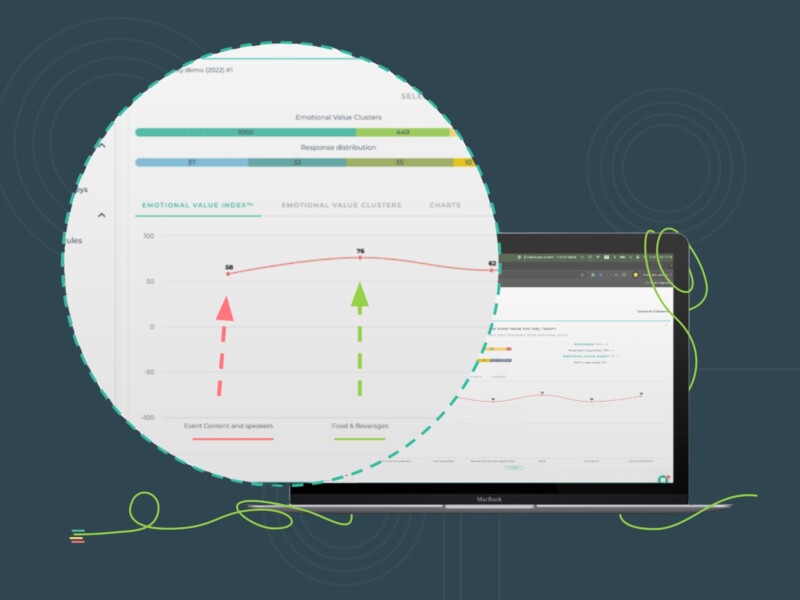Emotions play a big part in our lives. Everything from relationships to day-to-day purchases is governed by emotions up to some extent.
Have you ever thought about the role played by customer emotions on your business? It’s a vital aspect of learning about your ideal customer persona and how to make them feel satisfied.
In this article, we are going to speak about why it is SO SO important for businesses to measure emotional experience!
What Is Emotional Experience?
Emotional Experience refers to the overall emotions evoked in a customer as a result of engaging with your brand. It looks at how customers perceive your brand in terms of emotions. Emotional Experience remains a fundamental concept of CX, and integrating it into your CX strategy can help you improve your business to a great extent.
EVI® is the metric used to measure emotional experience. Although emotions are complicated, the process of measuring and analyzing is not! If you want to learn more about how to measure EVI®, click here.
Here’s why a business should measure Emotional Experience!
1. Measure any level of CX measurement
Whether you want to measure individual touchpoints or look at the big picture, EVI® is an ideal metric. Emotions, happy or sad, are constant. Customers project different emotions based on what they encounter throughout the customer journey. But, what many businesses failed to realize, until recently, is how measuring customer emotions can benefit their business.
You can ask customers how they feel about the overall shopping experience (macro-level) and gauge your business’ CX. At the same time, you can assess their emotions at various touchpoints (micro-level) and try to streamline how customers feel with improvements.
2. Use it throughout the customer journey
There aren’t many metrics that can be used to measure every phase of the customer journey. For example, Net Promoter Score (NPS) can only be measured after customers make the purchase. However, it is much beneficial to have a single metric that can be used throughout the journey for comparable results and better actions.
EVI® is applicable for any touchpoints and any stage, which is what makes it the best metric to measure CX. You can design EVI® surveys and track customer emotions as they pass from one stage to another. Using this, you can evaluate how emotions change and why!

3. Gain a deeper insight into your customers
While CSAT surveys help you understand the satisfaction level of your customers, EVI® surveys help you dig deeper into the actual reason behind the action and tell you what emotion triggered the action the person took. In other words, measuring emotions helps you understand what propelled customers to buy a product or turn away from it.
Customers usually feel unhappy or frustrated due to pain points and excited or joyful when a business provides excellent goods and service. In other cases, emotions also depend on customer taste and preferences. Using EVI®, you can dive deep into the reasons behind the actions taken and use this knowledge to lower your churn and boost your sales.
4. Correlate with other data for better sales
You can do so much with your EVI® data! As emotions are linked to every aspect, from product development to marketing to sales, businesses can use EVI® data to identify useful correlations. You can use the data gathered via EVI® surveys and enrich it by integrating them with data from other functional units in the business.
For example, you can identify what emotions drive the highest sales or a bigger purchase size and focus on providing an experience that evokes it. This way, you can earn more revenue and upscale your business.




